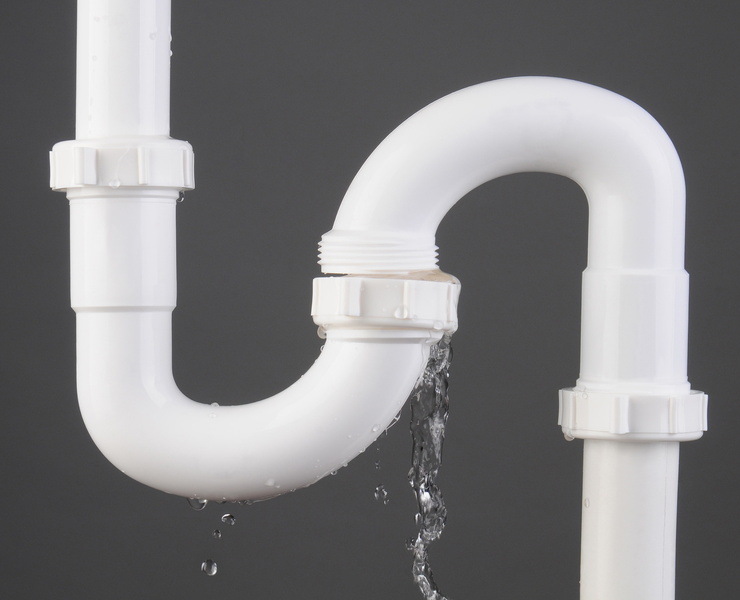We've found the article on Top leak detection hacks below on the web and figured it made good sense to discuss it with you on my blog.

Early discovery of dripping water lines can mitigate a possible disaster. Apart from saving you money, it will certainly decrease the stress and aggravation. The moment you find a leakage, calling your plumber for repairs is the most effective remedy. Nevertheless, some little water leakages may not show up. Below are some hacks that assist if you can not detect it with your nude eyes.
1. Check Out the Water Meter
Every house has a water meter. Examining it is a proven way that helps you discover leaks. For beginners, switch off all the water sources. Guarantee no one will flush, utilize the tap, shower, run the washing machine or dish washer. From there, go to the meter and watch if it will certainly transform. Since no person is using it, there should be no activities. That shows a fast-moving leak if it relocates. If you identify no adjustments, wait an hour or two and also examine back once again. This implies you might have a slow leak that might even be below ground.
2. Examine Water Consumption
Analyze your water bills as well as track your water consumption. As the one paying it, you should observe if there are any disparities. If you find sudden changes, regardless of your consumption being the same, it suggests that you have leaks in your plumbing system. Remember, your water bill need to fall under the exact same range monthly. A sudden spike in your expense shows a fast-moving leak.
On the other hand, a steady rise each month, despite having the very same habits, shows you have a slow-moving leakage that's likewise gradually rising. Call a plumber to extensively check your building, especially if you really feel a warm area on your floor with piping beneath.
3. Do a Food Coloring Examination
When it comes to water consumption, 30% comes from toilets. If the shade in some way infiltrates your dish throughout that time without flushing, there's a leakage between the tank and bowl.
4. Asses Outside Lines
Don't forget to check your outside water lines as well. Test faucets by affixing a yard pipe. Should water leak out of the connection, you have a loosened rubber gasket. Replace this and also ensure all connections are limited. If you have actually obtained a sprinkler system, it will aid get it professionally checked out and maintained each year. One small leak can lose tons of water and also increase your water bill.
5. Examine as well as Examine the Scenario
Homeowners need to make it a routine to inspect under the sink counters and also even inside cupboards for any type of bad odor or mold growth. These 2 warnings show a leakage so punctual interest is needed. Doing routine inspections, even bi-annually, can save you from a major problem.
Check for discolorations and weakening as most home appliances and pipes have a life expectancy. If you suspect leaking water lines in your plumbing system, do not wait for it to escalate.
Early detection of leaking water lines can minimize a prospective disaster. Some little water leaks might not be visible. Examining it is a guaranteed method that aids you uncover leaks. One little leak can throw away lots of water and also surge your water costs.
If you think dripping water lines in your plumbing system, don't wait for it to rise.
WARNING SIGNS OF WATER LEAKAGE BEHIND THE WALL
PERSISTENT MUSTY ODORS
As water slowly drips from a leaky pipe inside the wall, flooring and sheetrock stay damp and develop an odor similar to wet cardboard. It generates a musty smell that can help you find hidden leaks.
MOLD IN UNUSUAL AREAS
Mold usually grows in wet areas like kitchens, baths and laundry rooms. If you spot the stuff on walls or baseboards in other rooms of the house, it’s a good indicator of undetected water leaks.
STAINS THAT GROW
When mold thrives around a leaky pipe, it sometimes takes hold on the inside surface of the affected wall. A growing stain on otherwise clean sheetrock is often your sign of a hidden plumbing problem.
PEELING OR BUBBLING WALLPAPER / PAINT
This clue is easy to miss in rooms that don’t get much use. When you see wallpaper separating along seams or paint bubbling or flaking off the wall, blame sheetrock that stays wet because of an undetected leak.
BUCKLED CEILINGS AND STAINED FLOORS
If ceilings or floors in bathrooms, kitchens or laundry areas develop structural problems, don’t rule out constant damp inside the walls. Wet sheetrock can affect adjacent framing, flooring and ceilings.
https://www.servicemasterbyzaba.com/blog/how-to-detect-water-leakage-in-walls/

Do you enjoy reading about Locating water leaks? Write feedback below. We would be delighted to know your insights about this post. Hoping that you visit us again before long. Do you know somebody else who is interested by the subject? Why not share it. Thanks a lot for your time invested reading it.